Insurance Contracts are full of nuances and fine print that even most Insurance Professionals do not understand, much less the average insurance consumer. One example of a very common coverage present on personal Homeowner’s Insurance Policies as well as Commercial Property Insurance Policies is “Ordinance Or Law”.
Here is an actual example from a North Carolina Homeowners Insurance Policy (information came from Erie Insurance’s Policy, but this should be consistent among all North Carolina Homeowner’s Insurance Policies).:
Form – HO 04 77 (Erie UF-6949)
Ordinance Or Law Increased Amount Of Coverage
Section I – Property Coverages – Additional Coverages
11. Ordinance Of Law
The total limit of liability that applies:
a. To Coverage A, or
b. For Form HO 00 04 (Renters Policy Form), to Building Additions And Alterations;
is increased from 10{66506b27ca8f5234034d808fc0aabc14bc16ceb45d71027974b073b60f711cfe} to the percentage shown in the schedule above (for purposes there is no schedule above so please refer to HO3 vs HE7)
This is Additional Coverage 10. in Form HO 00 06 (Condo Insurance Policy)
Now you should be fully educated on on what the coverage is, right? Of course not! Again you just read some insurance jargon that doesn’t make sense to anyone. I asked a Personal Lines Underwriter to help me understand the coverage…here is her reply:
Coverage for loss caused by enforcement of ordinances or laws regulating construction and repair of damaged buildings. Older structures that are damaged may need upgraded electrical; heating, ventilating, and air-conditioning (HVAC); and plumbing units based on city codes. Many communities have a building ordinance(s) requiring that a building that has been damaged to a specified extent (typically 50 percent) must be demolished and rebuilt in accordance with current building codes rather than simply repaired. Unendorsed, standard commercial property insurance forms do not cover the loss of the undamaged portion of the building, the cost of demolishing that undamaged portion of the building, or the increased cost of rebuilding the entire structure in accordance with current building codes. However, coverage for these loss exposures is widely available by endorsement. Standard homeowners policies include a provision granting a limited amount of building ordinance coverage; this amount can be increased by endorsement. Also referred to as building ordinance coverage.
That explanation does a better job of explaining what the coverage does…but I think we should go one step further…so let’s look at a real life example!
John & Jill Smith own a home in Greensboro, NC. The Smith’s have Homeowner’s Insurance for their NC residence. Built in the 1960’s, the Smith’s 2500 square foot house is insured for a replacement cost of $250,000.
During a winter storm, ice built up on a nearby tree (on the Smith’s Property) causing the tree to fall on the Smith’s home. Having fallen through the middle of the home, demolishing approximately one whole side of the house, the total damage came in at $135,000. Under our example, the $135,000 is covered completely (less the deductible) by the Smith’s North Carolina Homeowners Insurance Policy.
As the Smith’s started filing for building permits to start the construction, a city inspector from Guilford County informed the Smith’s that the County’s Ordinances require that any building which sustains a loss of 50{66506b27ca8f5234034d808fc0aabc14bc16ceb45d71027974b073b60f711cfe} or greater MUST bring the remaining (undamaged) portion of the building up to current City, County, and State building codes.
The Smith’s get the news that the additional cost of complying with the updated building codes is $50,000.
Do the Smith’s have coverage for this additional $50,000? The answer is….DEPENDS!
The most common policy form for North Carolina Homeowner’s Insurance is the HO-3. The standard HO-3 provides coverage for Building Ordinance Of Law of UP TO 10{66506b27ca8f5234034d808fc0aabc14bc16ceb45d71027974b073b60f711cfe} of Coverage A (Dwelling Coverage). In the Smith’s example, the coverage provided to them for this additional expense would be a maximum of $25,000. That leaves the Smiths having to come up with the additional 25{66506b27ca8f5234034d808fc0aabc14bc16ceb45d71027974b073b60f711cfe} “out of pocket”!
The lesser used (and offered) North Carolina Homeowner’s Insurance Form is the HE-7. When I have to describe the HE-7 Form, I typically say “It is an HO-3 on steriods!”. If the Smiths had chosen to insure their home using the HE-7 Form, the total $50,000 would be covered as the HE-7 provides coverage for Building Ordinance Or Law “Up to the Coverage A Limit”.
Hopefully, this article has given you a better understanding about Building Ordinance Or Law Coverage.
About The Author: Jack Wingate is a Professional Insurance Advisor and Founder of ALLCHOICE Insurance in Greensboro, NC. For more information about Jack Wingate, ALLCHOICE Insurance, or North Carolina Homeowners Insurance please visit https://allchoiceinsurance.com



